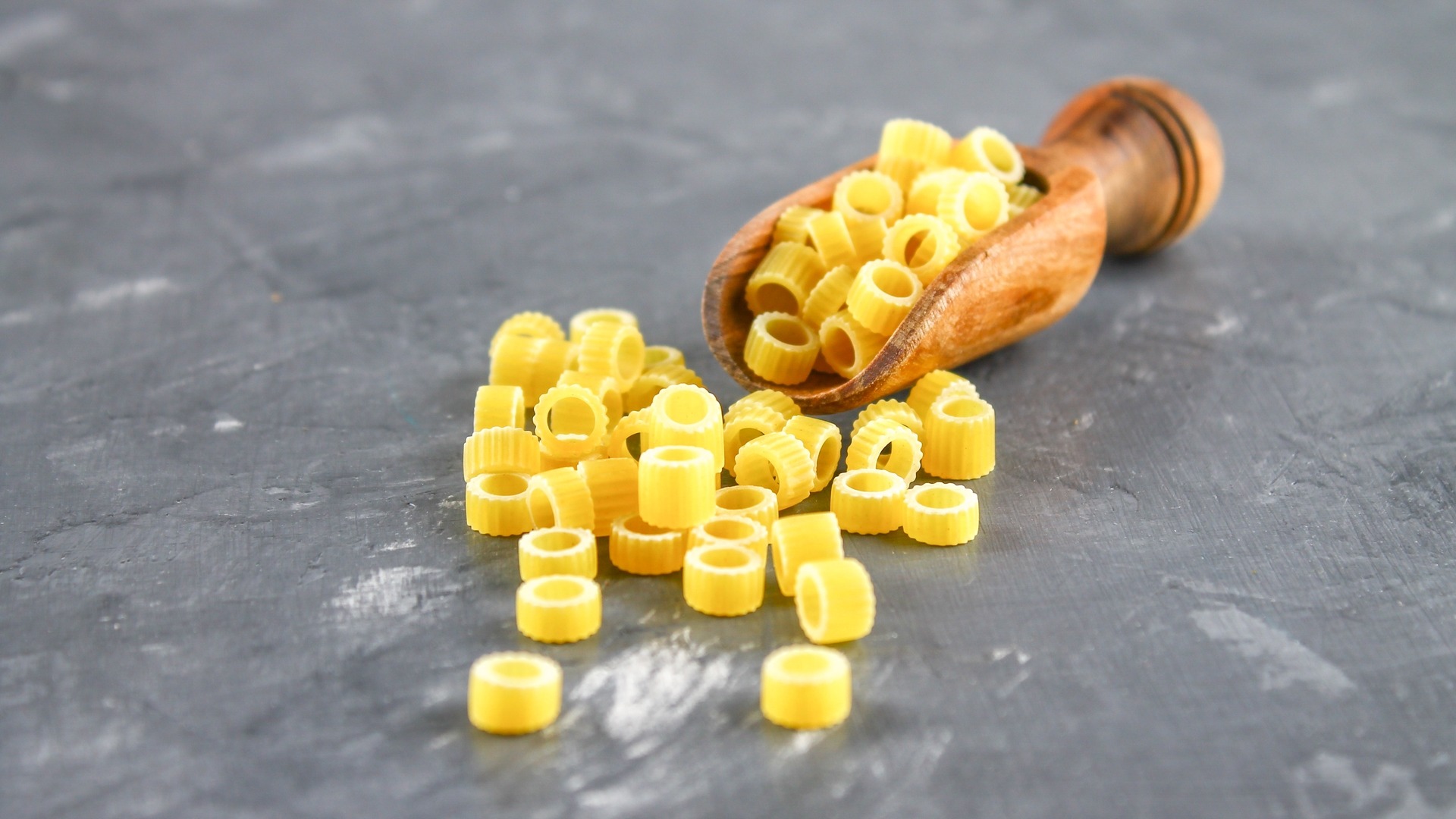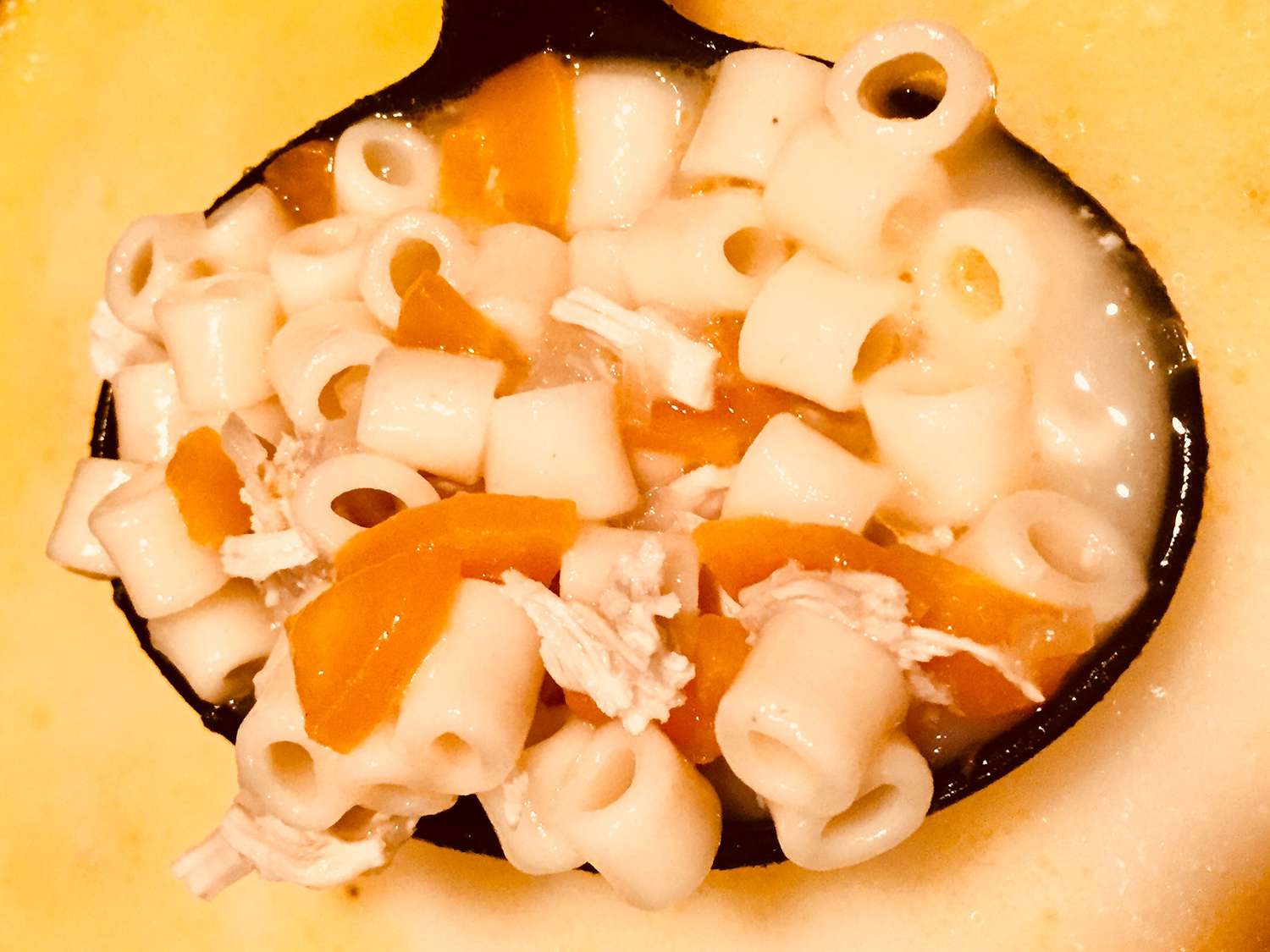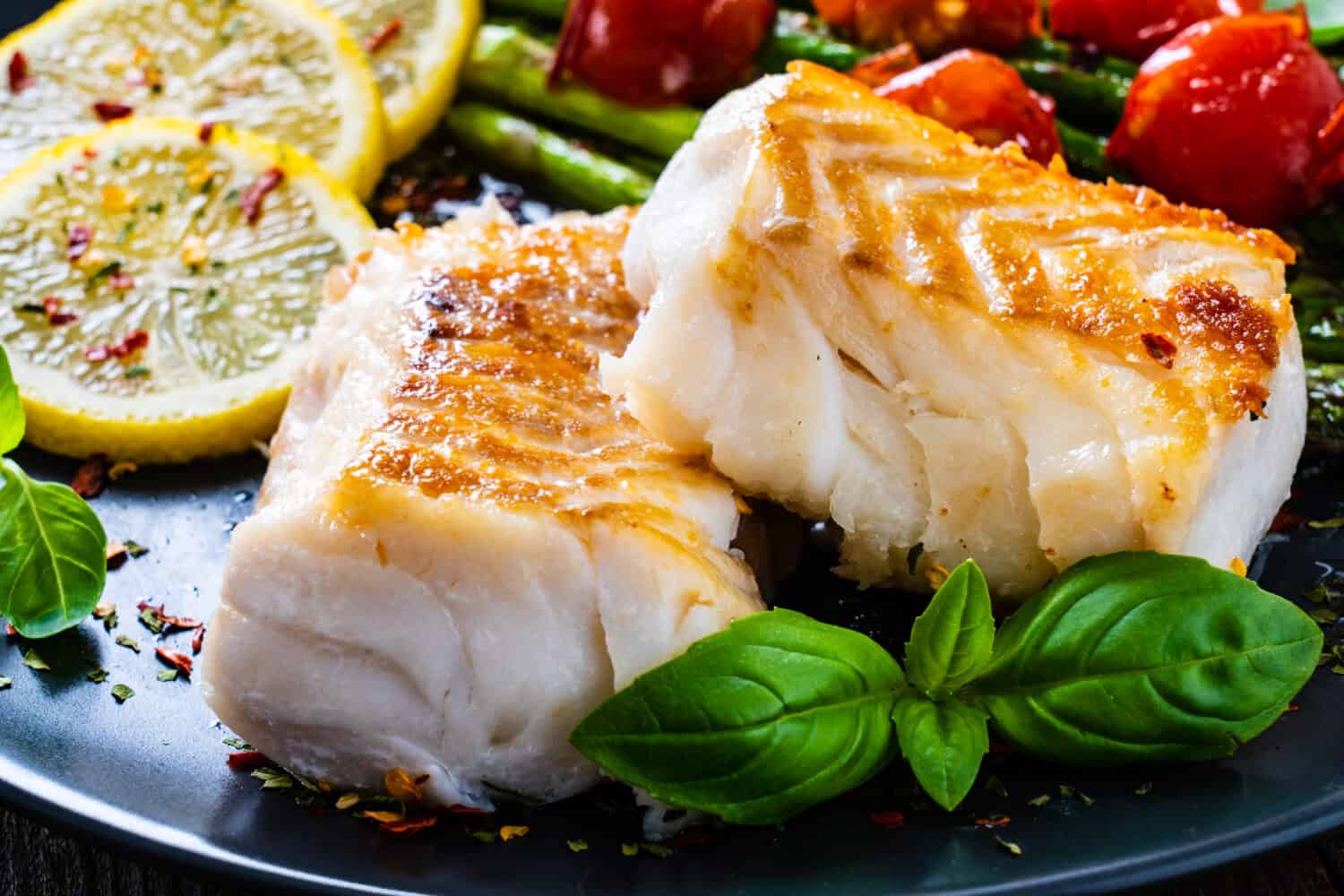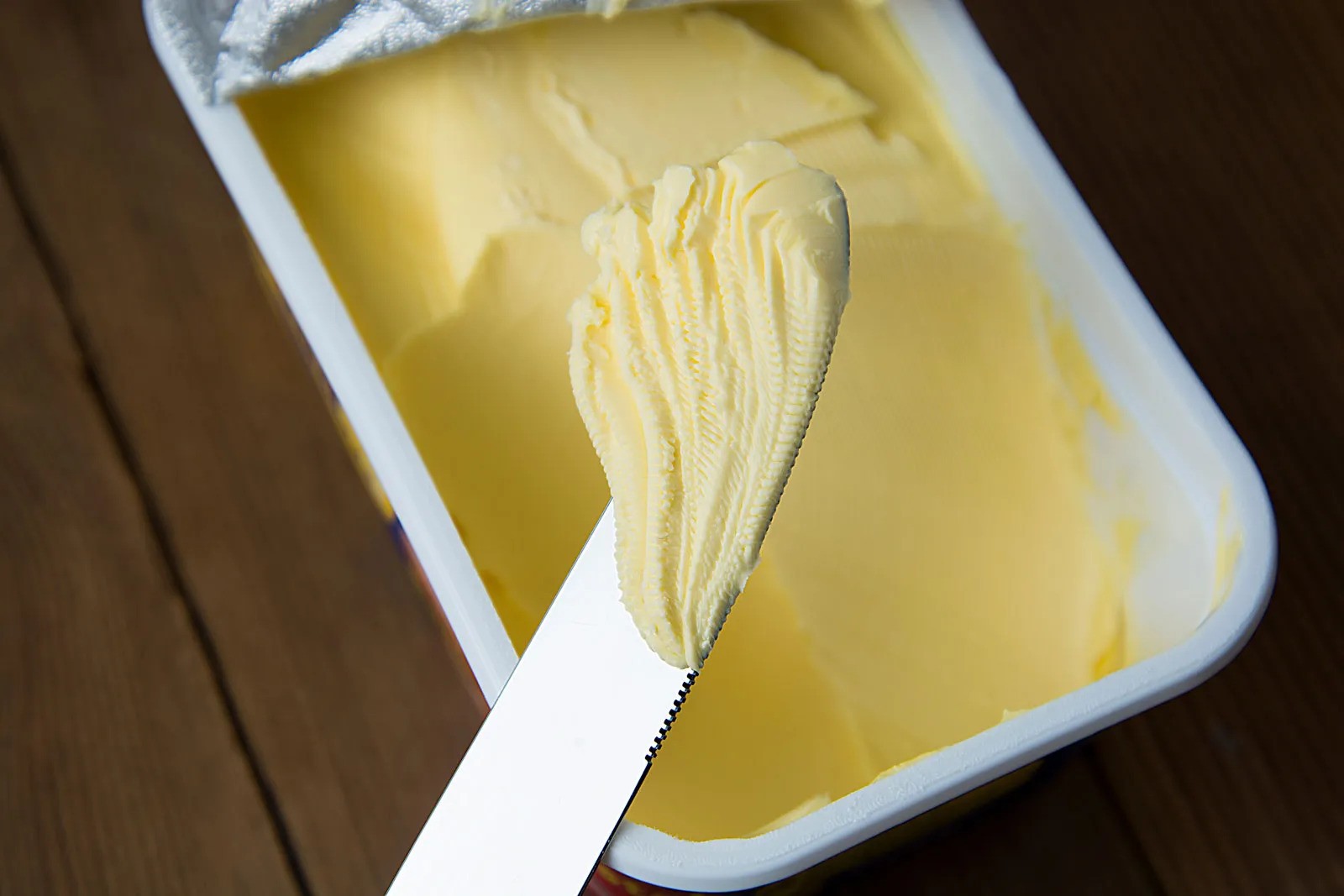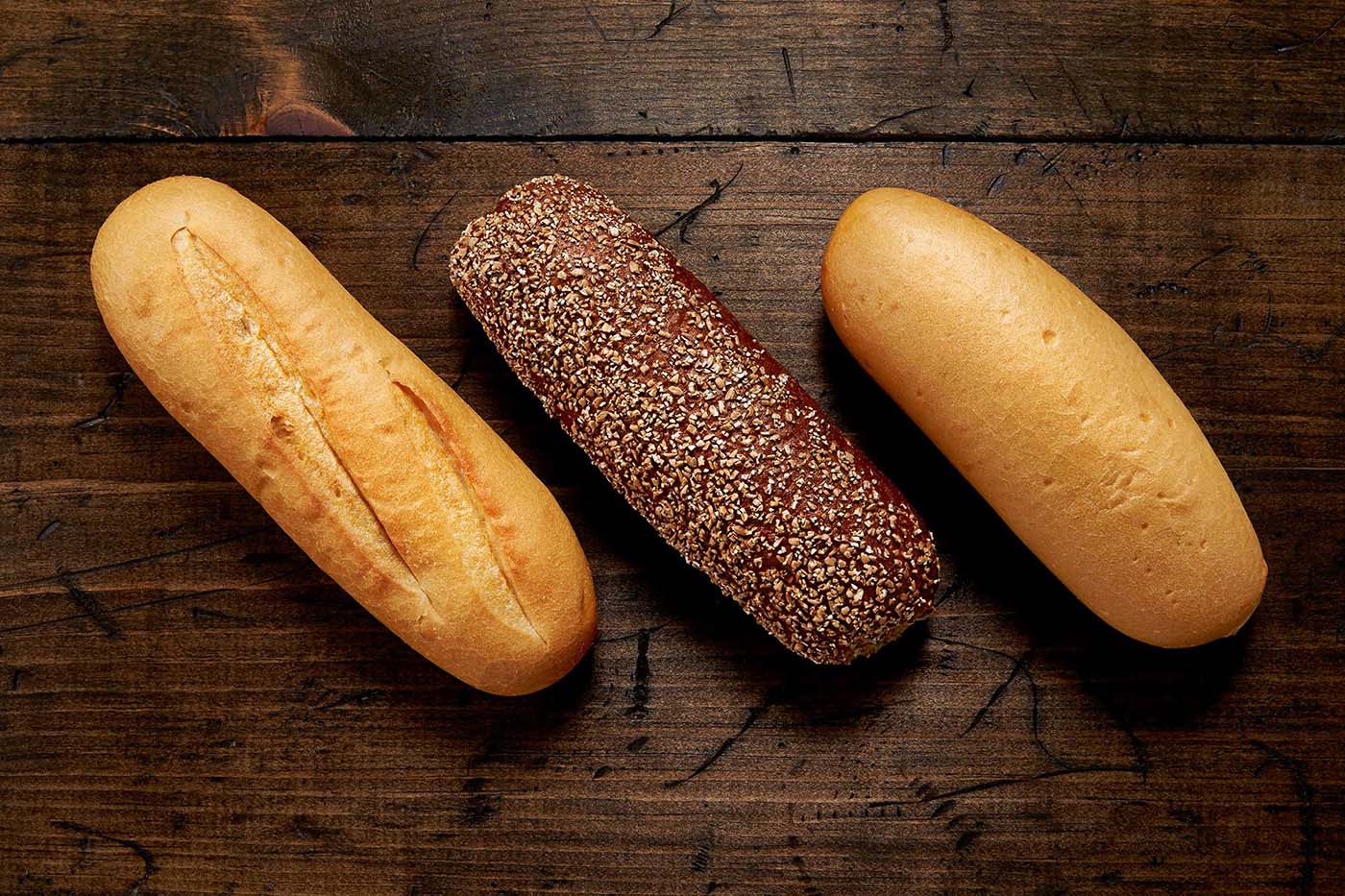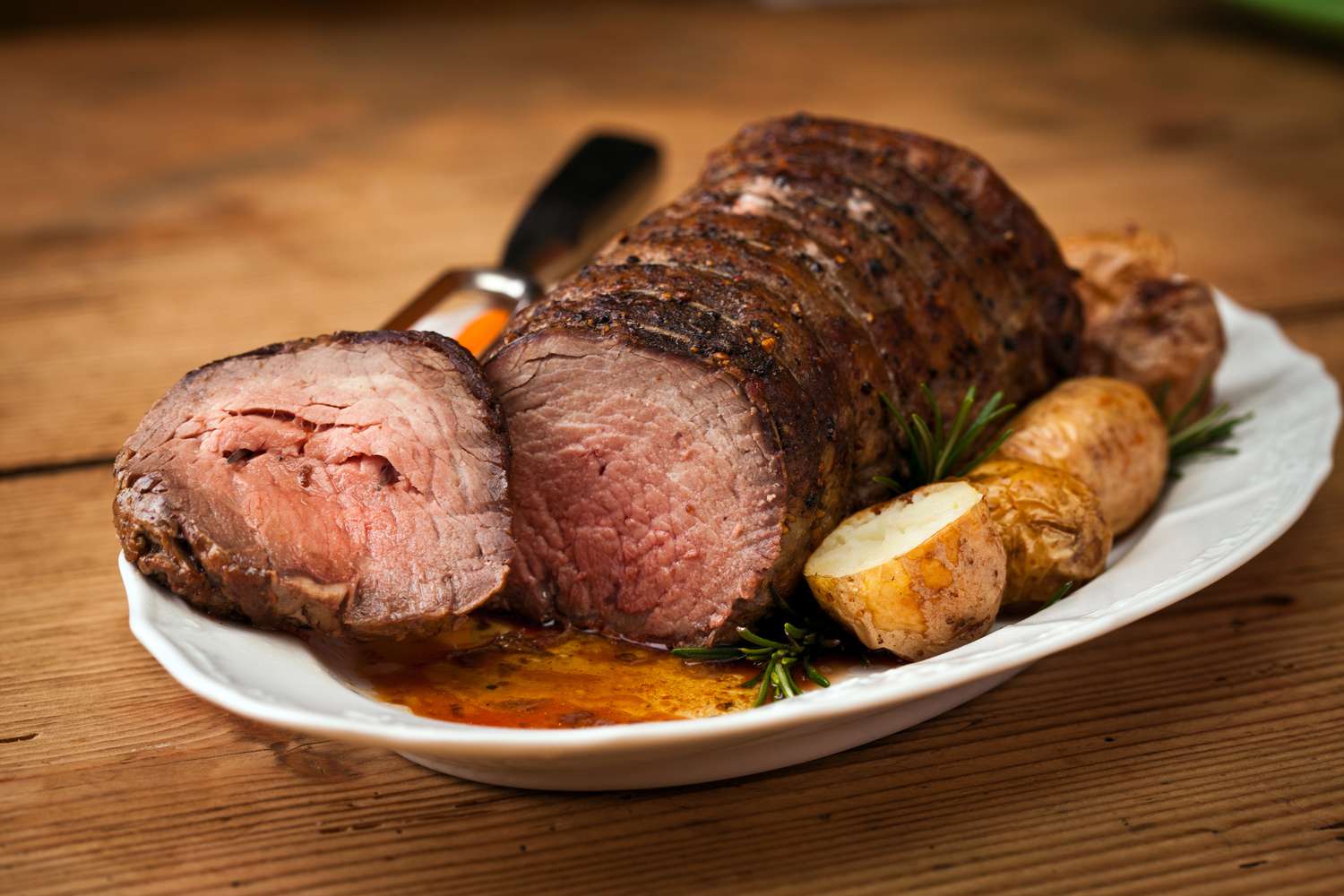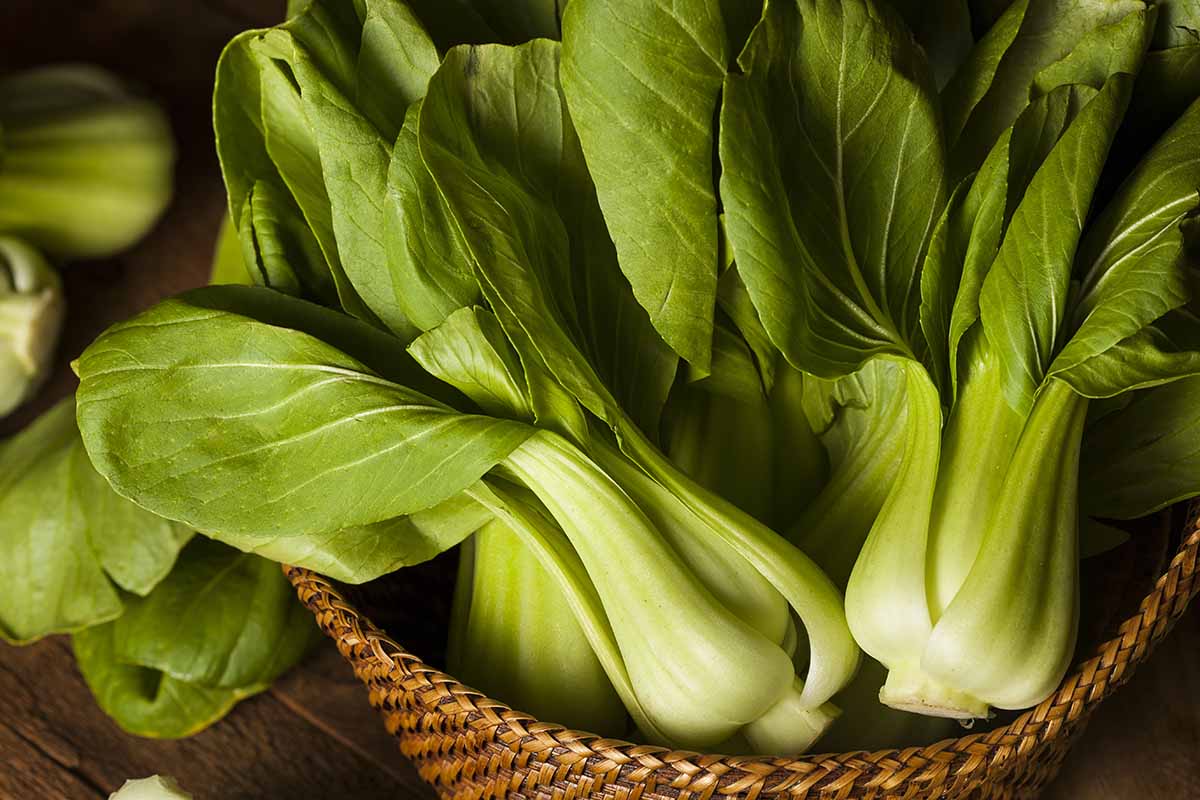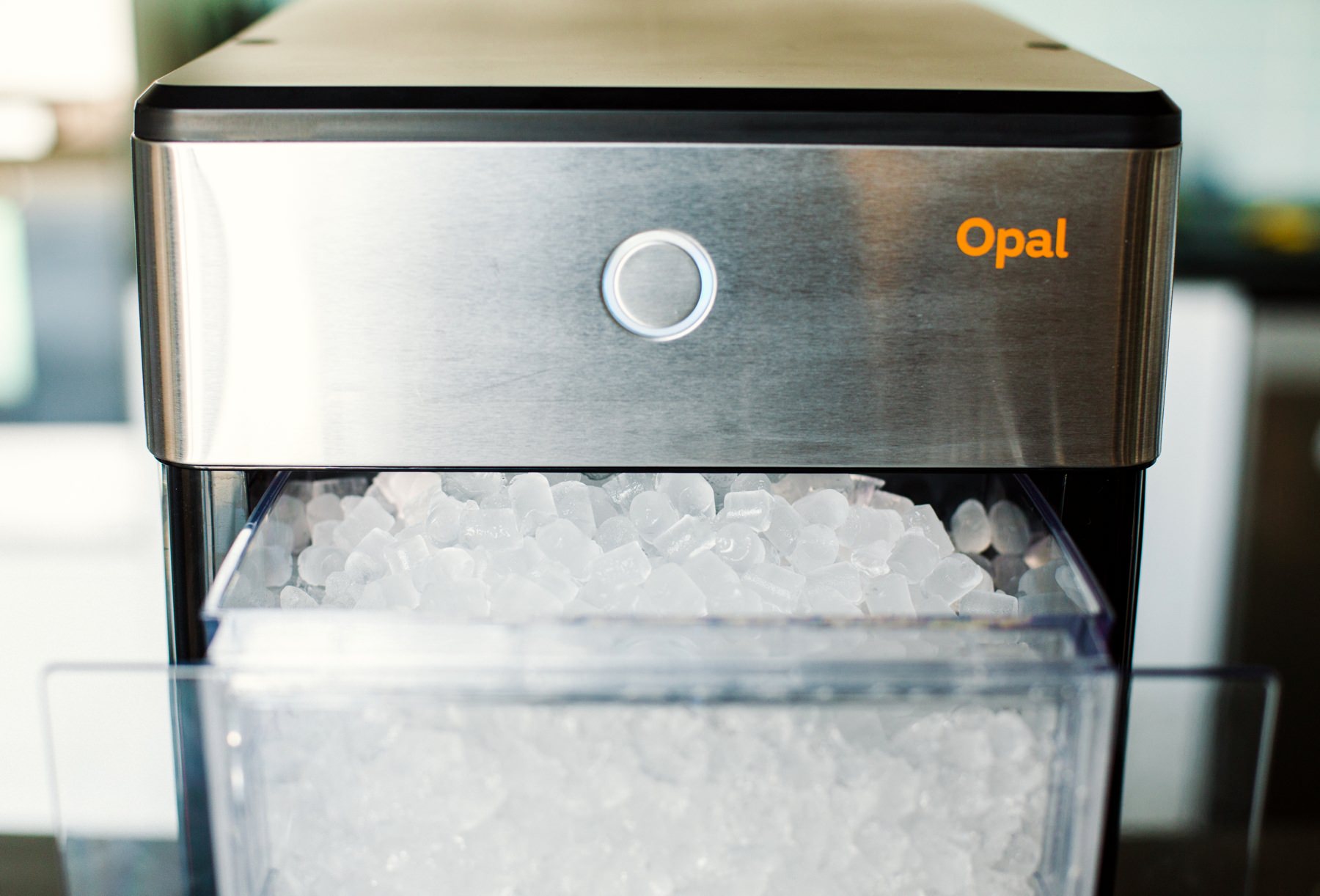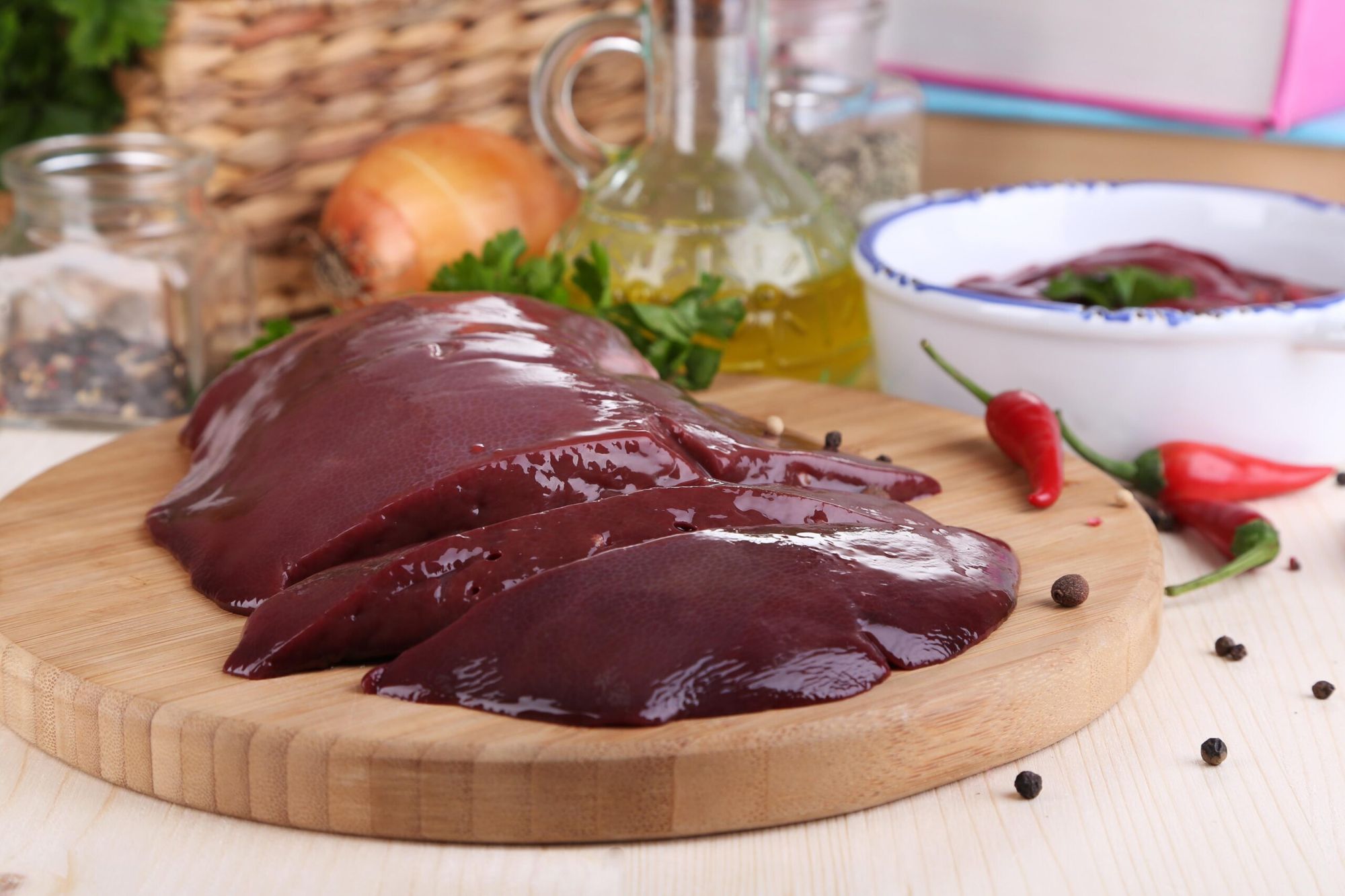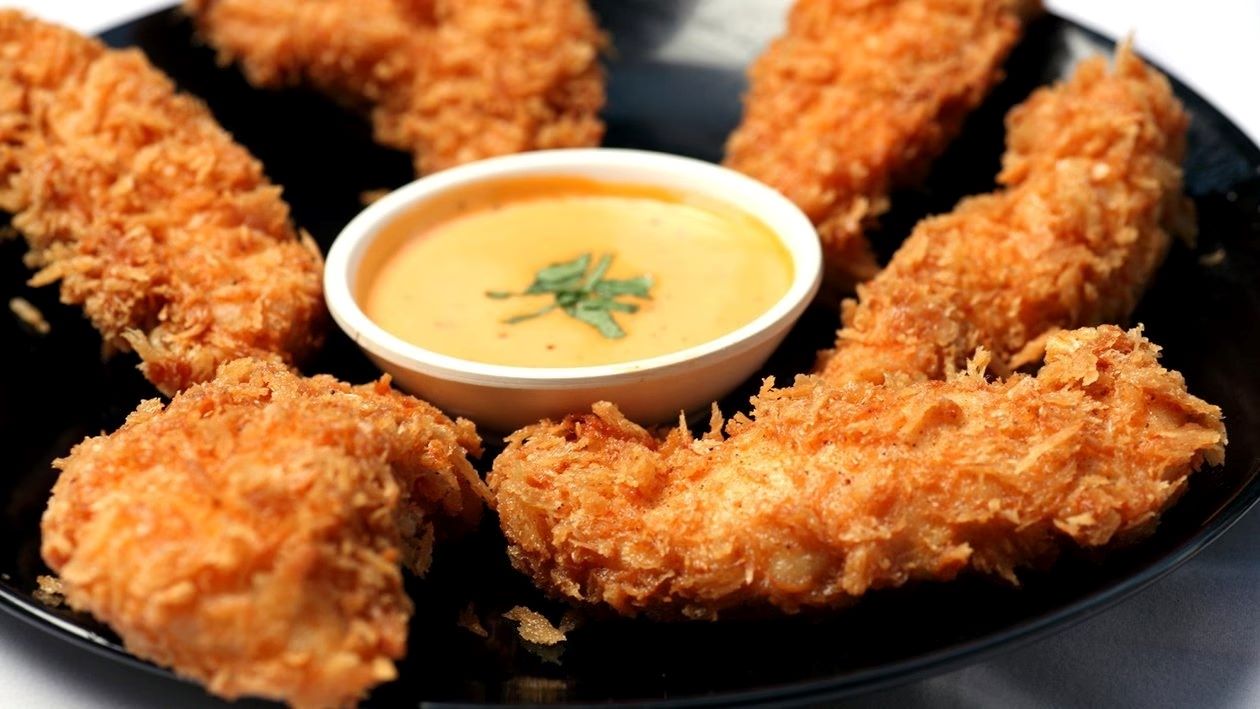Discovering the Delightful Avocado Maki
Are you a fan of sushi? If so, you’ve probably come across the delicious and nutritious dish known as Avocado Maki. This popular sushi roll is a favorite among both sushi enthusiasts and those new to Japanese cuisine. Let’s take a closer look at what makes Avocado Maki so special and why it has become a beloved choice for sushi lovers around the world.
What is Avocado Maki?
Avocado Maki is a type of sushi roll that features creamy avocado as the main ingredient. It is typically made by wrapping sushi rice and avocado in a sheet of nori, a type of seaweed. The roll is then sliced into bite-sized pieces, creating a visually appealing and delicious treat.
The Ingredients
Avocado Maki typically includes the following ingredients:
- Avocado: The star of the show, avocado provides a creamy texture and a rich, buttery flavor to the sushi roll.
- Sushi Rice: Sushi rice, also known as shari, is a short-grain rice seasoned with vinegar, sugar, and salt. It provides the perfect base for the roll.
- Nori: Nori, or seaweed, is used to wrap the sushi rice and avocado, adding a hint of oceanic flavor and a satisfying crunch.
Health Benefits
Avocado Maki not only delights the taste buds but also offers a range of health benefits. Avocados are packed with nutrients, including healthy fats, fiber, and various vitamins and minerals. They are known for their heart-healthy properties and may contribute to overall well-being when enjoyed as part of a balanced diet.
How to Enjoy Avocado Maki
Whether you’re a sushi aficionado or trying Avocado Maki for the first time, there are a few tips for enjoying this delectable dish:
- Pair it with soy sauce and wasabi for an extra burst of flavor.
- Experiment with different sushi condiments, such as pickled ginger, to complement the creamy avocado.
- Consider adding a sprinkle of sesame seeds for added texture and nuttiness.
Conclusion
Avocado Maki is a delightful and nutritious sushi roll that has captured the hearts and palates of food enthusiasts worldwide. With its creamy avocado, perfectly seasoned rice, and satisfying crunch of nori, it’s no wonder that this dish has become a beloved staple in Japanese cuisine. Whether you’re looking for a healthy dining option or simply craving a flavorful treat, Avocado Maki is sure to satisfy your sushi cravings.
Next time you’re at a sushi restaurant or preparing a homemade sushi feast, be sure to give Avocado Maki a try. You may just discover a new favorite sushi roll that tantalizes your taste buds and leaves you craving more.
